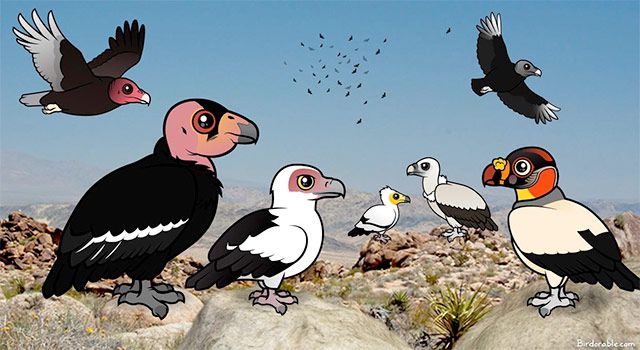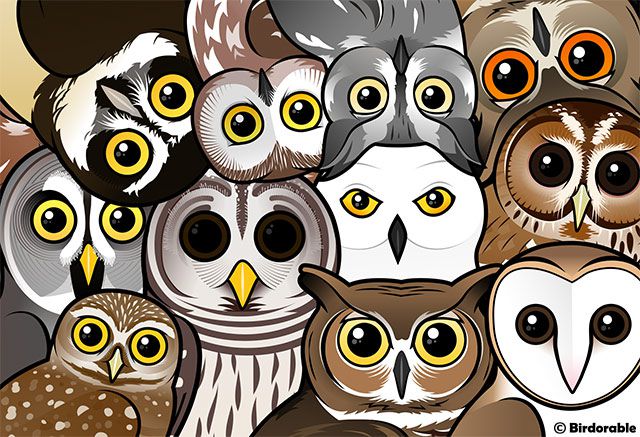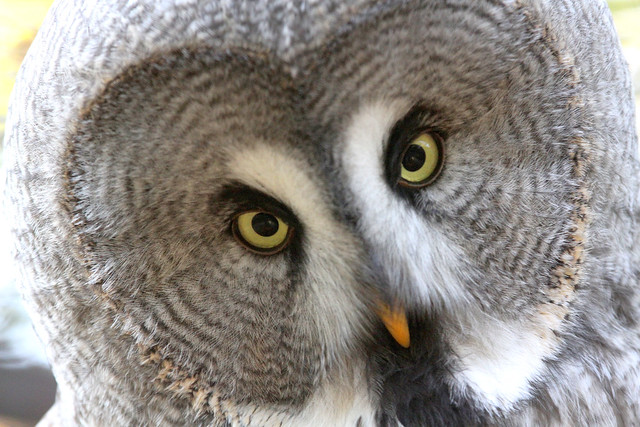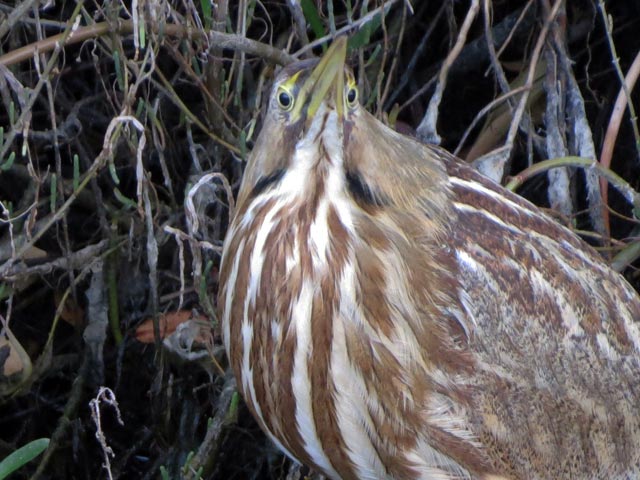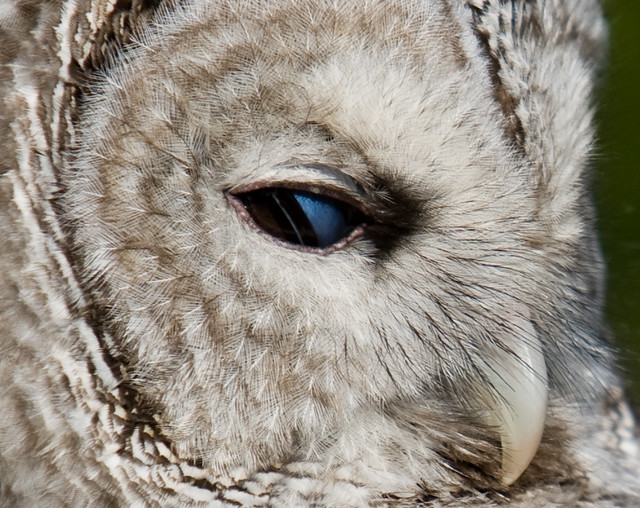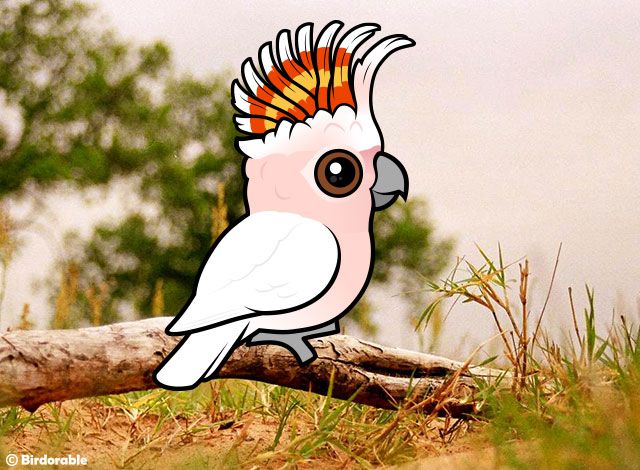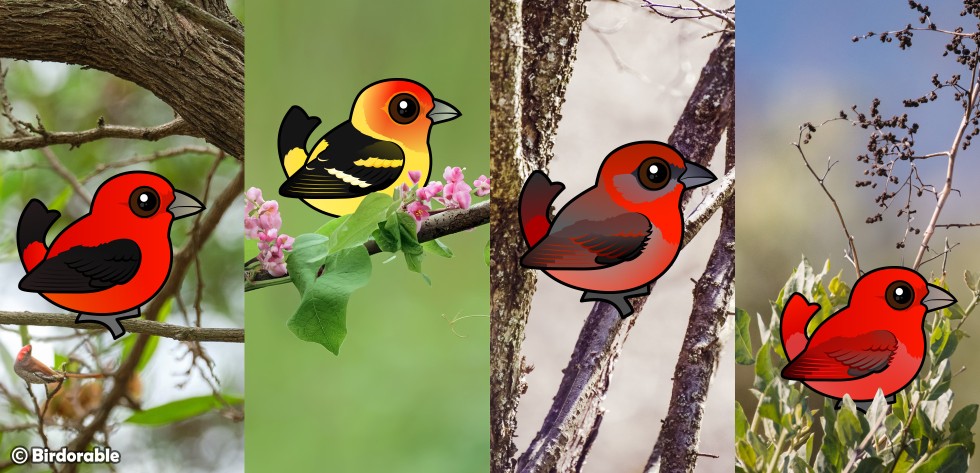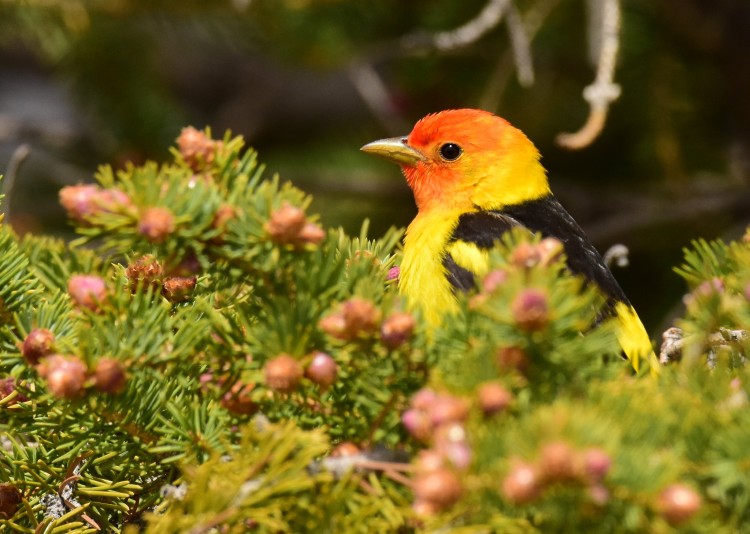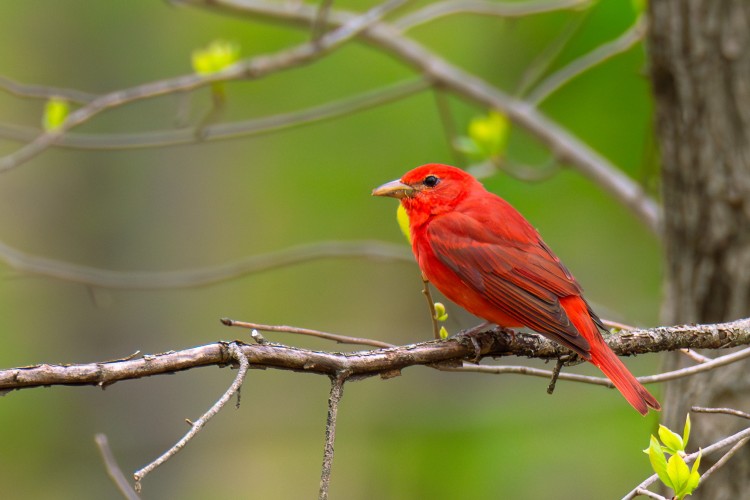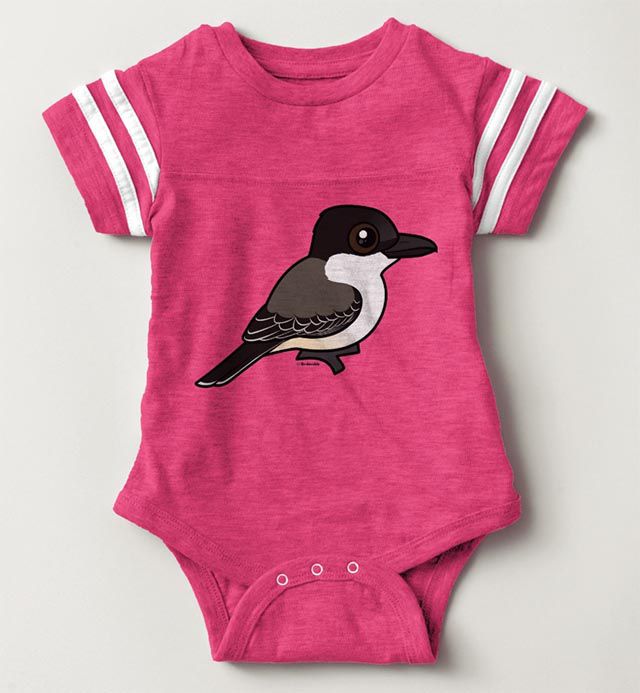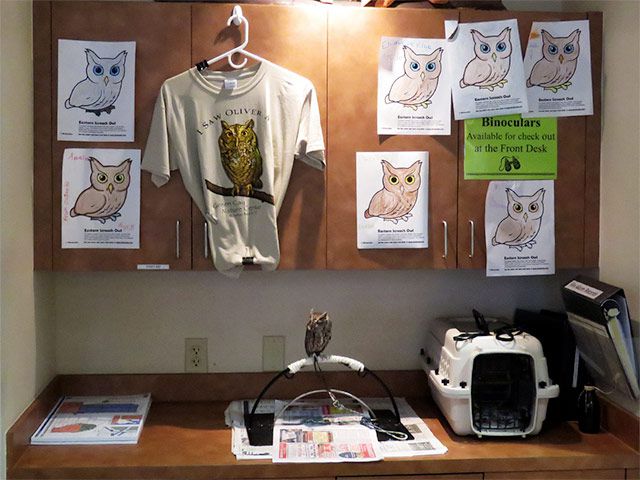We're celebrating Vulture Week because this Saturday, September 5th, marks International Vulture Awareness Day (IVAD). This commemorative day has been celebrated since at least 2009 and aims to highlight the importance of vultures and vulture conservation through education.
Today we'd like to share four brand new vulture-themed coloring pages with you! All of our coloring pages are free to download and are perfect for nature centers, zoos, and other environmental education locations and events surrounding International Vulture Awareness Day.

- Color our North American vultures in flight. The Turkey Vulture and Black Vulture are featured on the IVAD Coloring Page. This commemorative desgin can also be purchased on t-shirts and novelty items in our shop: International Vulture Awareness Day gifts.
- Our cute cartoon Andean Condor is featured along with big and bold letters, all ready to color on our Condor Coloring Page. This cute and colorful condor design is also availalbe for purchase on t-shirts and other gift items.
- Nature's Clean Up Crew was a new design in our shop for IVAD last year; this year it's featured as a coloring page too! Nature's Clean Up Crew Coloring Page.
- Brand new for this year is our New World Vultures Coloring Page. The seven New World vulture species are standing together in this new design which will be available on t-shirts and gifts later this Vulture Week.
Remember that we have all of the world's vultures on their own coloring pages, which you can find on our special Birdorable Vultures Page. In addition to all of the coloring pages, you can find vulture-themed activity pages for free downloading as well, including connect-the-dots images, a vulture maze to solve, a fun vulture memory game, and more.
And finally, don't forget about our popular Vultures of the World map. You can download the image or purchase the map on posters, t-shirts, and other items.
Join us all week long as we highlight the world's vulture species leading up to International Vulture Awareness Day on Saturday!


